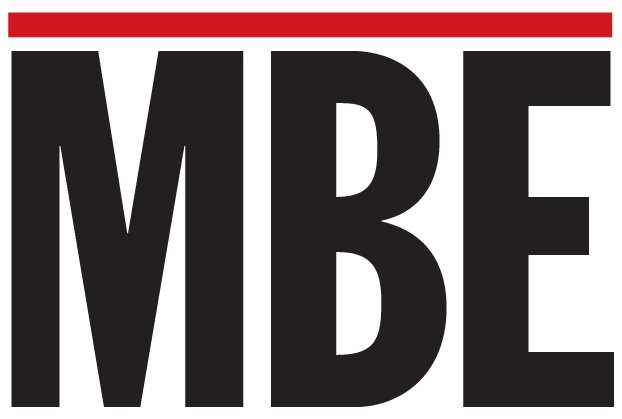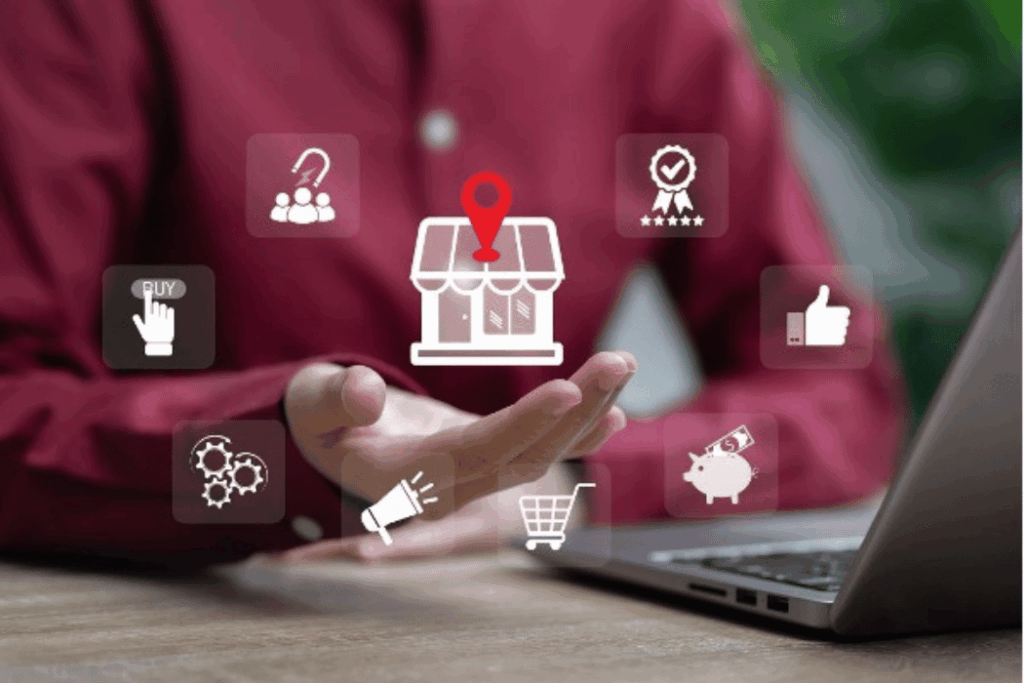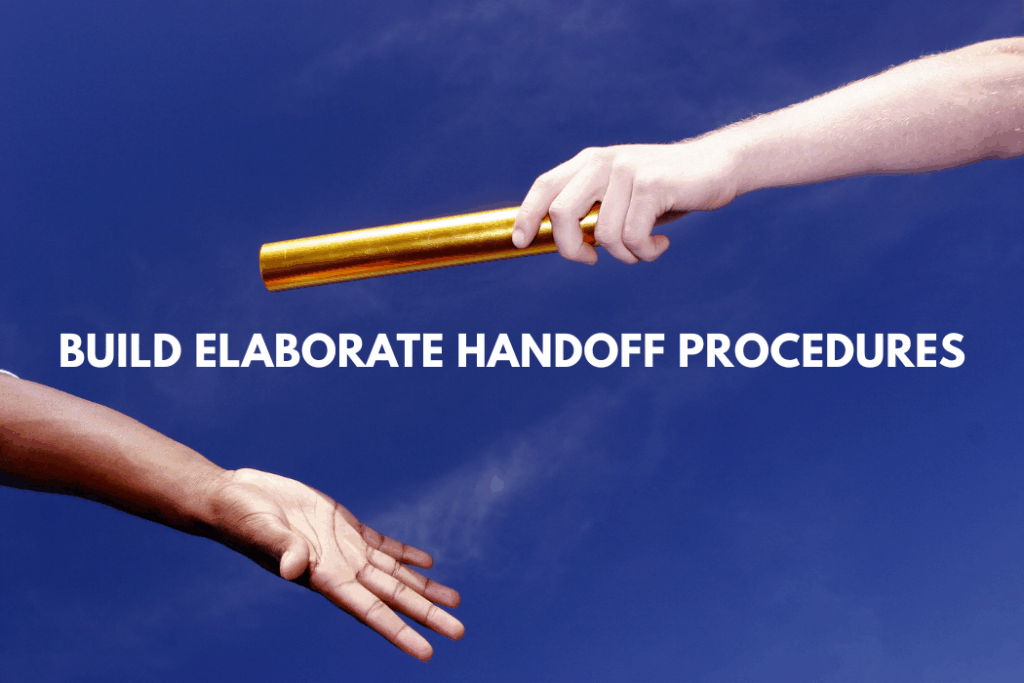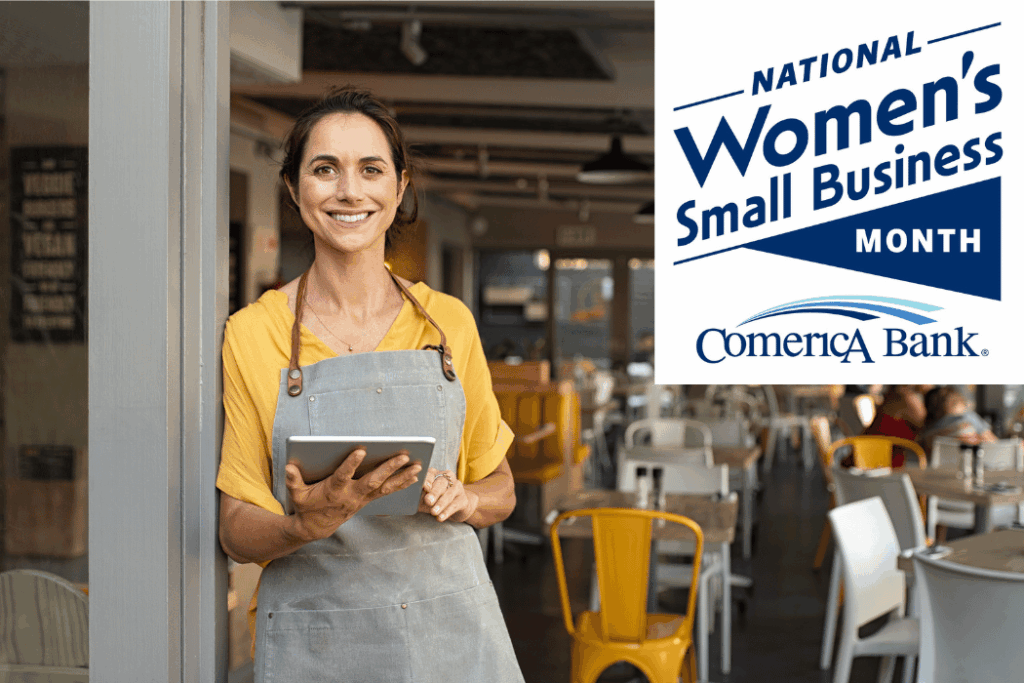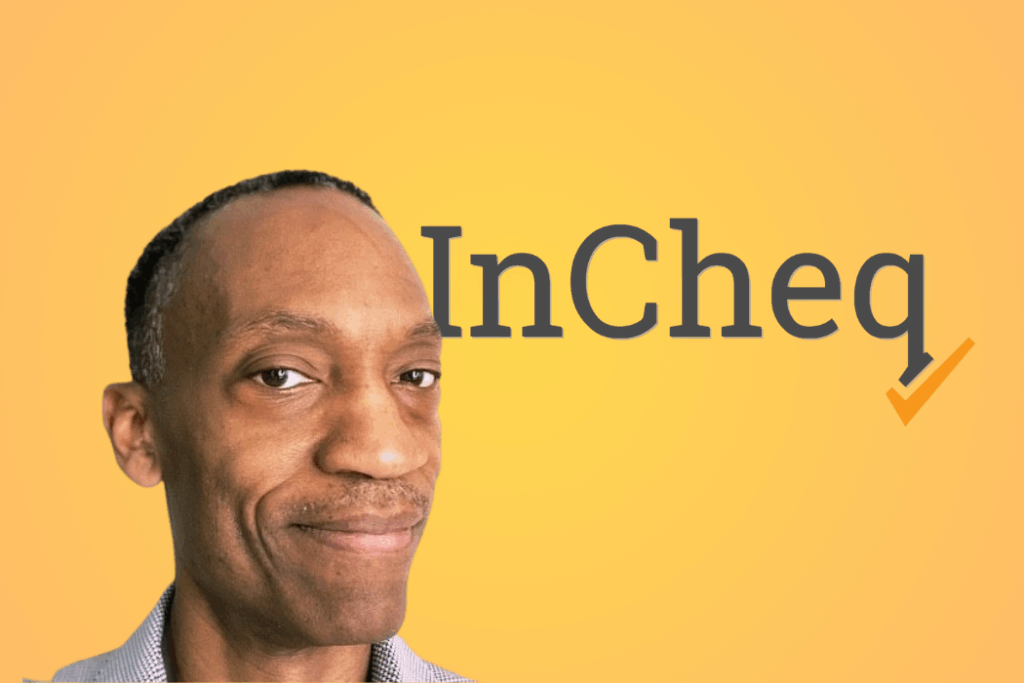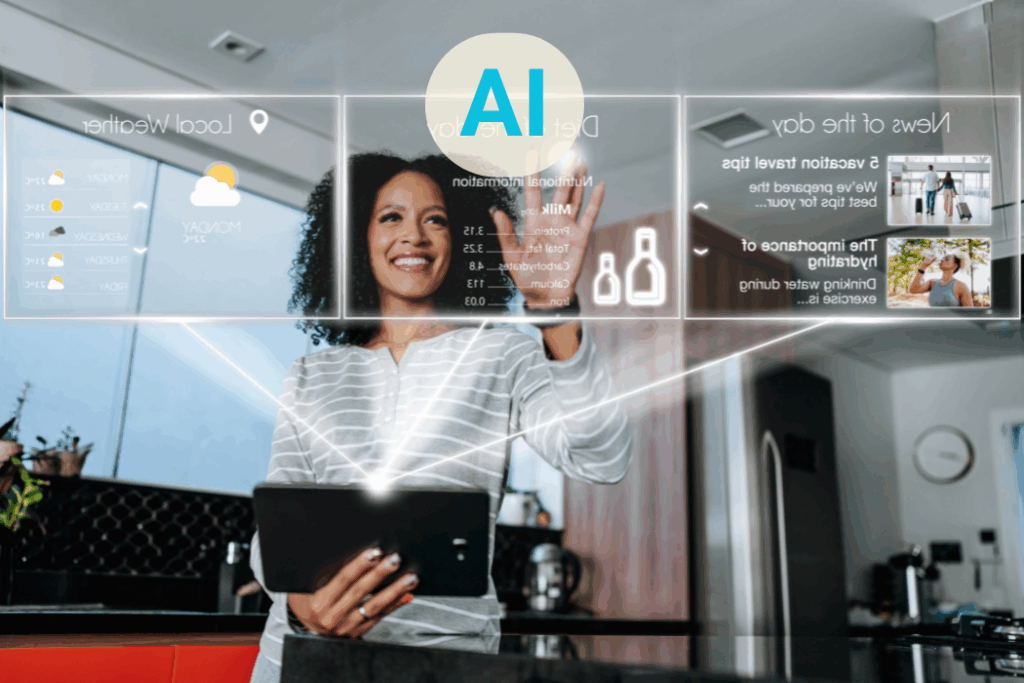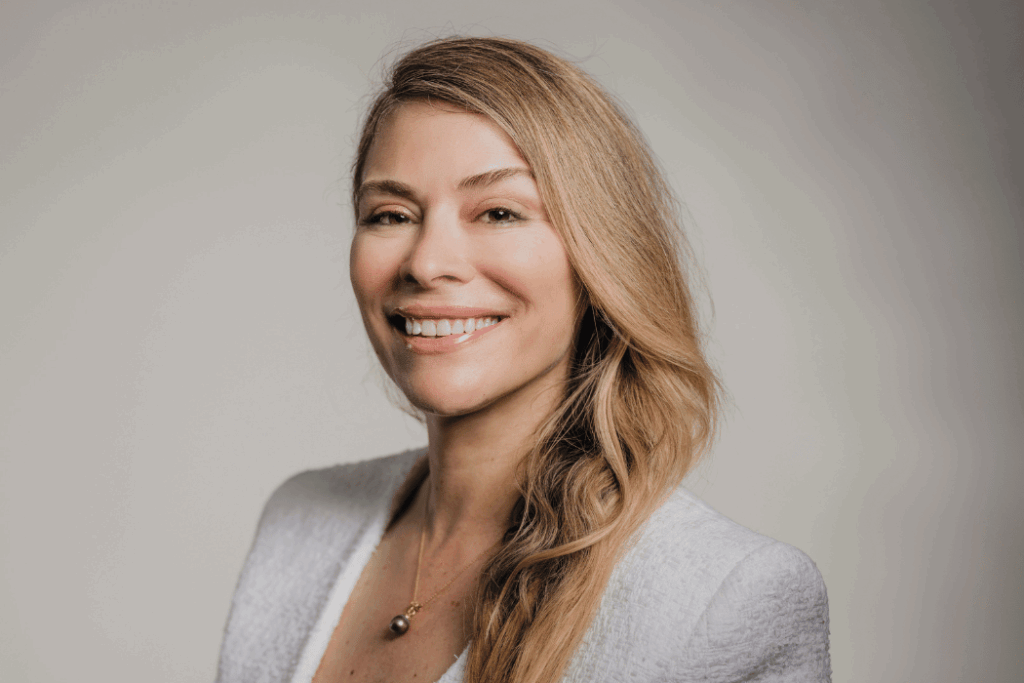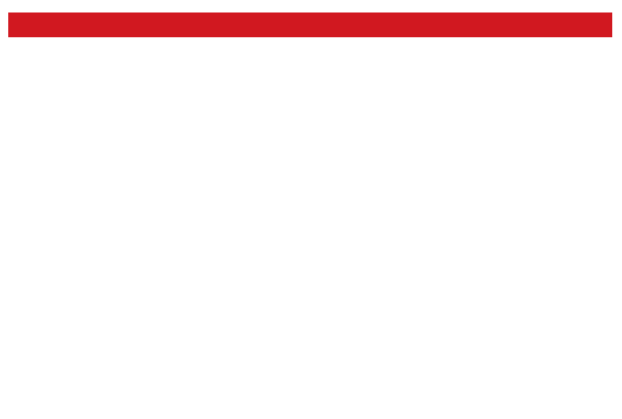
What do a YouTube doctor with 13 million subscribers and a hospital with a Facebook Live series have in common? They’re winning hearts—and health decisions—online.
As traditional media outlets have seen their power and influence decline in the digital age, a new category of content creators rose to fill the information gap. But the influencer economy is nothing if not uneven.
The ease of finding an influencer with expertise who consistently delivers high-caliber content depends greatly on the topic and industry. They face the same challenges faced by legacy media—building trust, demonstrating expertise, effecting positive change—only wrapped in a different package.
No industry is more primed for influencer disruption than healthcare. The role of influencers in growing healthcare awareness and education among the general public is not new (think Dr. Joyce Brothers or Dr. Dean Edell). For brands navigating this crowded digital landscape, the challenge lies in identifying the right voices who bring more than charisma.
To cut through public distrust, influencers have to be credible, trustworthy, relatable, and not overly polished. They have to be highly relevant to the conversation and brand values and mission. Finding them is easier said than done.
The role of creators, influencers, and KOLs
Healthcare influencers have a unique opportunity to reach niche audiences with relatable, often personal content. The most successful ones create not just content but community. On the upper end of this spectrum is Dr. Mike Varshavski, a certified family medicine physician, who has a YouTube subscriber base of nearly 13 million. Others work in tighter circles, offering guidance in specialized areas like reproductive health, nutrition, or chronic illness management.
It’s worth distinguishing between influencers and key opinion leaders (KOLs) in the healthcare space. Influencers build their own followings through platforms like TikTok, YouTube, or Instagram (e.g., Dr. Julie Smith). KOLs, on the other hand, are respected experts backed by institutions—people like Dr. Anthony Fauci, whose influence comes from their position and credentials more than their personal social media presence.
The vast majority of healthcare experts do not enjoy a public-facing platform. Not every M.D. or Ph.D. enjoys going on camera and answering popular questions for an online audience. But for those who do, creating content and building an audience has never been easier.
Key trends driving influencer use in healthcare
Several recent trends have amplified the impact of healthcare influencers:
- Telehealth became normalized. COVID-19 pushed more people, especially older adults, to embrace digital tools like Zoom for routine appointments. This shift opened the door for people to explore health topics online without the stigma.
- Mental health went mainstream. Influencers began speaking candidly about their own mental health journeys, creating space for open, judgment-free conversations. As a result, audiences became more comfortable talking about therapy, treatment, and self-care.
- Representation improved. Communities like Black Health Matters and LGBTQ+ wellness accounts emerged to fill a void. These voices provide relevant, culturally competent guidance to people who might not find it locally.
Strategies for regulated brands to leverage influencers
Some legacy healthcare brands have been able to leverage influencer networks for their own marketing needs to great effect. Components of a successful healthcare influencer marketing strategy include:
- Choosing the right partners. Align your brand with influencers who share your values.
- Emphasize HIPAA-friendly content. Put patient privacy first by anonymizing patient stories whenever necessary to maintain trust among current and future patients.
- Aim for authentic engagement. Be transparent about your organization, its people, and how you’re working toward your mission.
Several organizations are already doing this well. The FDA’s public education campaign to prevent youth from using tobacco products (“The Real Cost”) and GRADIANT’S TikTok and Instagram campaigns effectively use influencer-style content to reach teens. The Mayo Clinic has turned its staff into influencers by hosting Q-and-A sessions with their own clinicians on their popular social media channels. The Cleveland Clinic has also used Facebook Live to host several live Q&A sessions with experts on topics ranging from foodborne illness to osteoporosis to regular updates on how the clinic is doing.
Navigating challenges and opportunities
Of course, influencer marketing isn’t without risk. The spread of misinformation is one of the internet’s worst side effects, and healthcare brands have a responsibility to combat it. Being part of the solution, not the problem, should be central to any healthcare organization’s content initiatives. So too should regulatory compliance, as any content produced by a healthcare organization must comply with federal and state laws. Being associated with misinformation and possible legal repercussions can damage a brand’s reputation overnight.
The payoff for any influencer content initiative requires patience, but brand loyalty is a just reward for a long-term partnership. As an influencer’s audience grows, so can your brand’s, and vice versa.
Monitoring the online influencer marketplace for emerging voices and mediums is important. TikTok did not exist a decade ago; now it claims more than 2 billion users. Influencer marketing agencies number in the tens of thousands, and can help brands identify creators who match their tone, mission, and budget. The frontier will continue to shift, but the opportunity is real and growing.
For healthcare brands, influencer partnerships aren’t about chasing trends. They’re about reaching people with empathy, clarity, and purpose. Done right, they can be a powerful force for education, engagement, and positive change.
